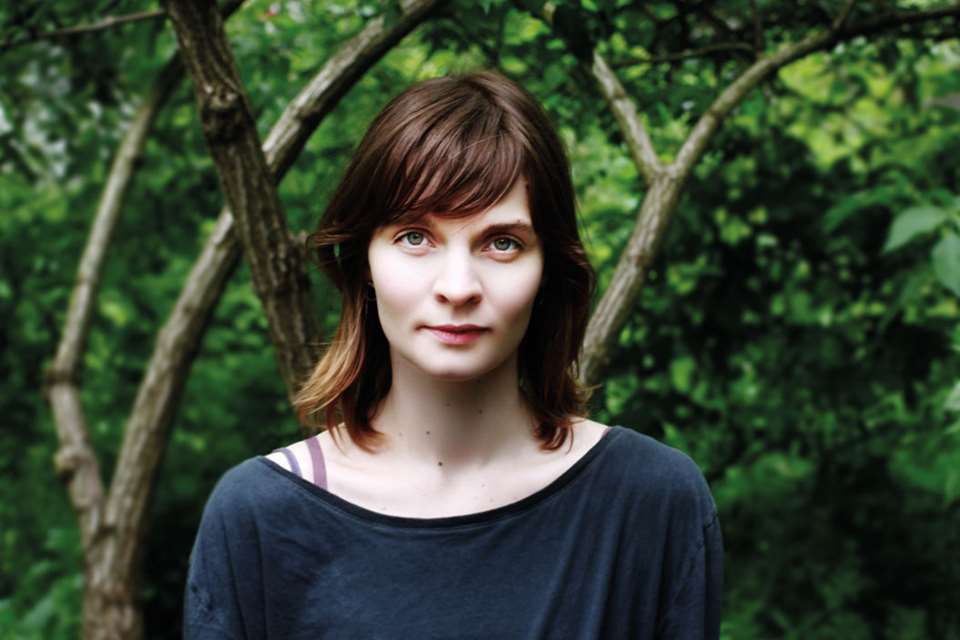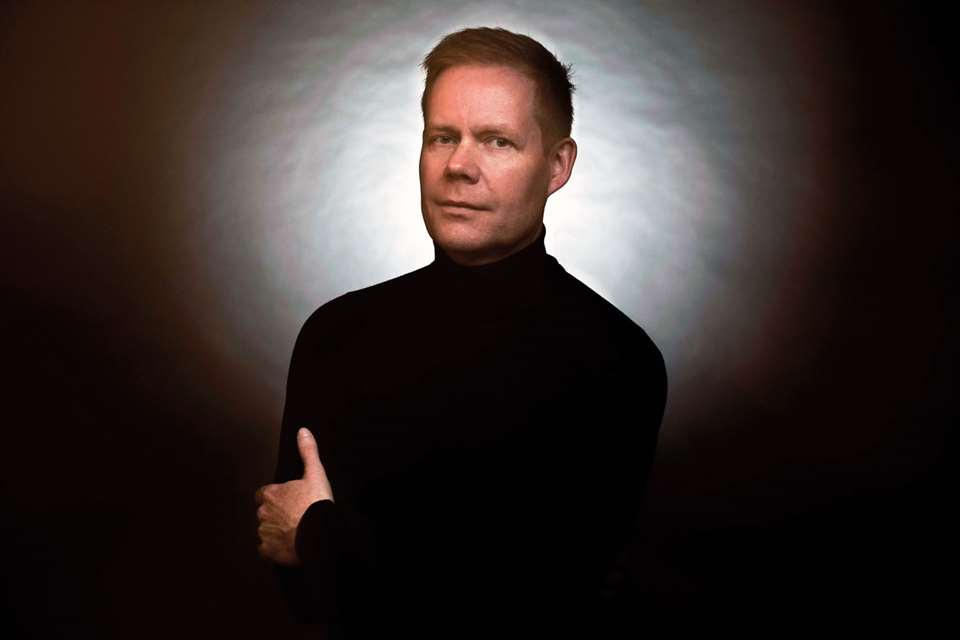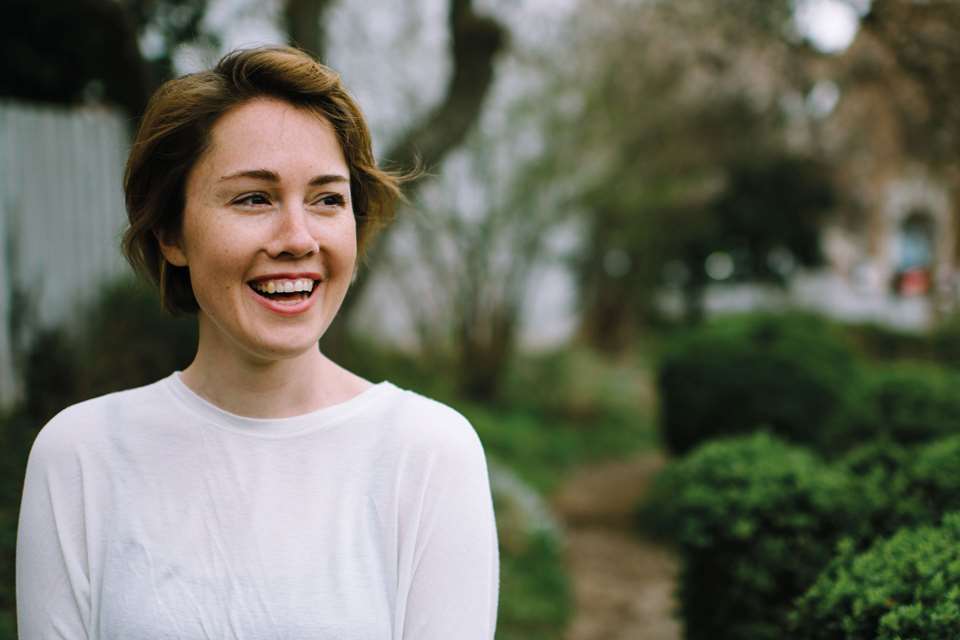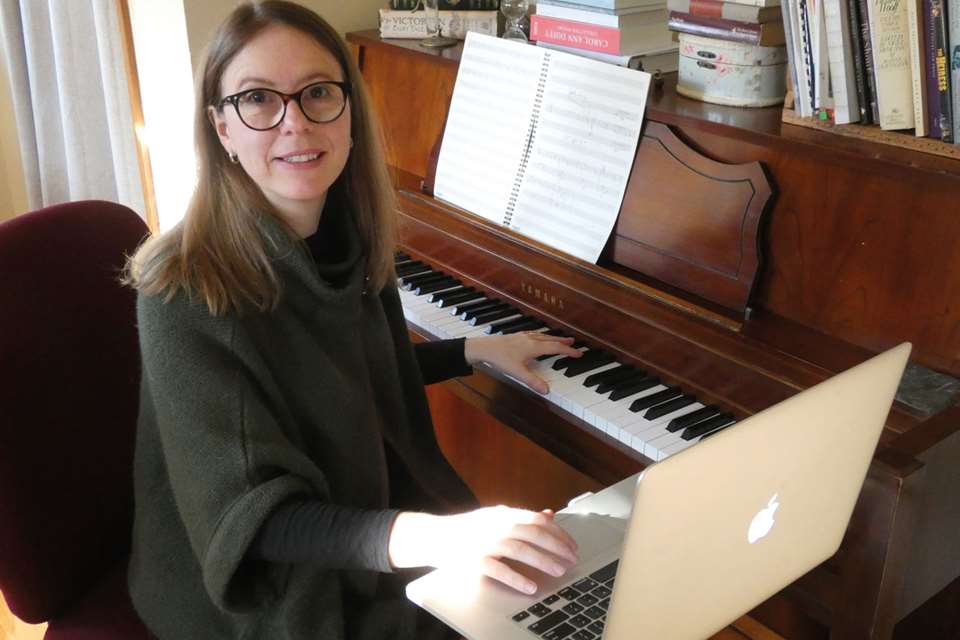Ólafur Arnalds: the best albums of a musical phenomenon
Pwyll ap Siôn
Wednesday, May 25, 2022
Ólafur Arnalds – who has drummed in a thrash metal band and yet creates music that is ambient, ethereal and enigmatic – is profiled by Pwyll ap Siôn
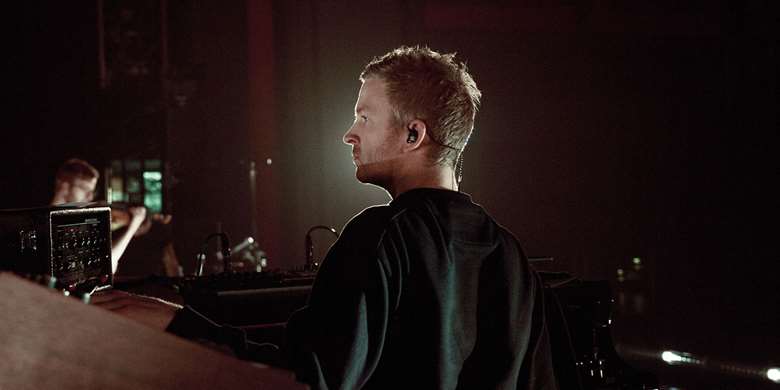
Register now to continue reading
Thanks for exploring the Gramophone website. Sign up for a free account today to enjoy the following benefits:
- Free access to 3 subscriber-only articles per month
- Unlimited access to our news, podcasts and awards pages
- Free weekly email newsletter




